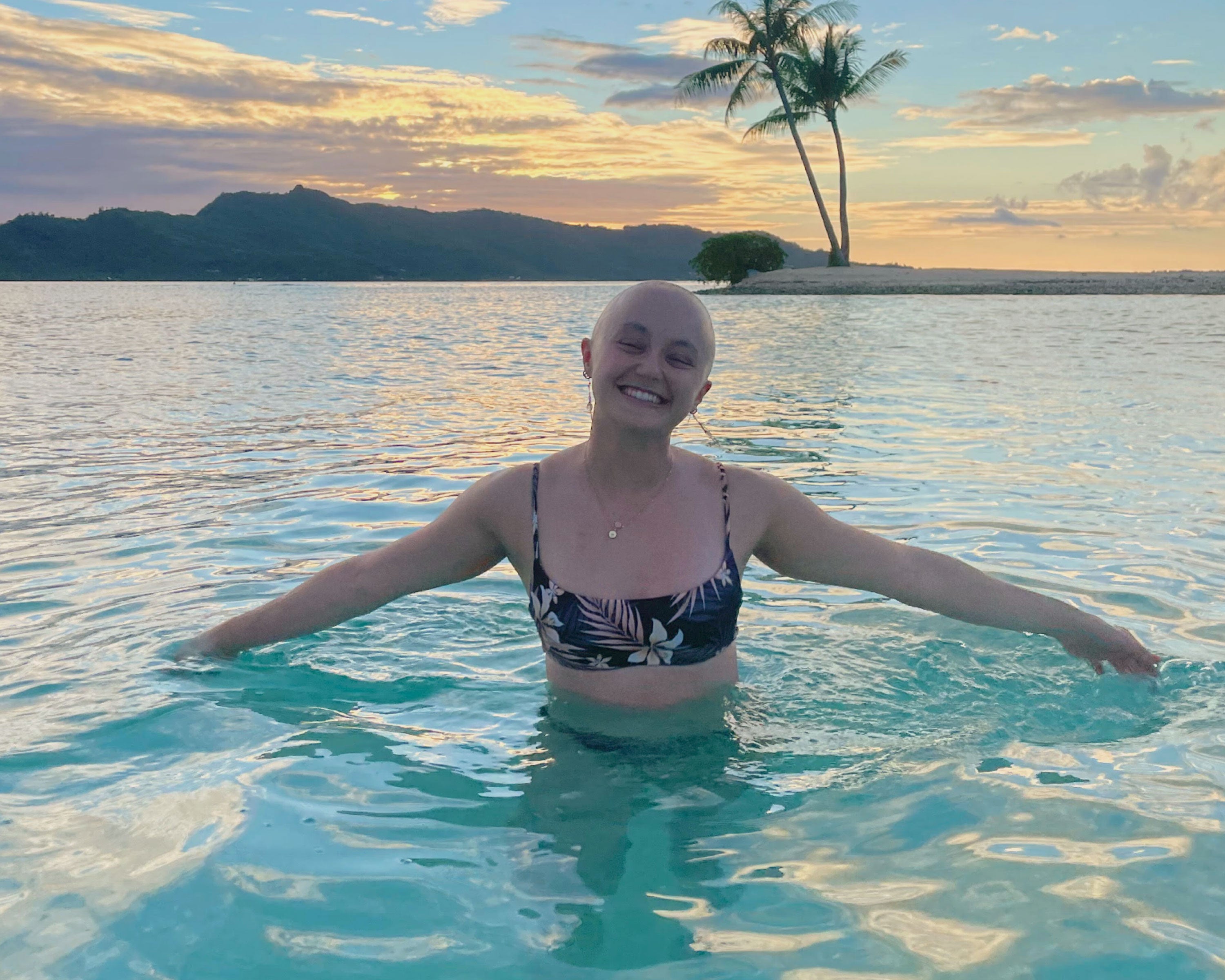Alula founder & CEO Liya Shuster-Bier vividly remembers being in her kitchen after her third cycle of first-line treatment for her rare non-Hodgkin’s Lymphoma and dropping a glass out of nowhere. While Liya’s clinical team had mentioned the possibility that her treatment could cause peripheral neuropathy, or “PN”, she was still caught off guard by the way it manifested in her daily life.
“What wasn't explained to me was what ‘loss of sensation’ means in real life — I didn't know that you could lose the ability to “hold” onto items when you have nerve damage in your hands.”
Alula is here to give you what you need to know about PN and ways to help manage it — because no one should be caught off guard by the daily realities their cancer treatment might bring.
The facts
- PN describes the weakness, numbness, and pain (typically in the hands and feet) that can be caused by damage to the peripheral nerves.
- It is often induced by chemotherapy. Several chemo drugs, especially platinum and taxane medicines, can cause nerve damage as they travel throughout the body.
- Chemo-induced PN is common. Data suggest that about 70% of patients will experience it in the first month after completing chemotherapy, with 30% of patients continuing to suffer 6 months after completion.
The symptoms
- The most common PN symptoms are numbness, tingling, shooting pain, or burning, especially in the fingers or toes.
- Other symptoms include loss of balance, difficulty walking, clumsiness, difficulty picking up objects, facial pain, hearing loss, and loss of sensitivity to hot and cold.
Ways to manage symptoms
The National Cancer Institute recommends several strategies for those experiencing PN.
- Prevent falls: move rugs out of your path, put non-slip mats in the shower or tub, and place rails around the house as needed.
- Take extra care in the kitchen and shower: use potholders in the kitchen and be careful when handling knives or sharp objects.
- Protect your hands and feet: wear sturdy shoes both inside the house and outdoors. When it’s cold, wear warm clothes to protect your hands and feet.
- Ask about pain medicine and integrative medicine practices: you may be prescribed nerve pain medicine. Practices such as acupuncture, massage, physical therapy, yoga, and others might help as well.
Preventing PN with cryotherapy
Preliminary data suggest that cryotherapy (a fancy term for treatments that use extreme cold) is a promising, low-risk option to decrease the severity of chemo-induced PN. In short, exposing body parts to cold temperatures during treatment will cause blood vessels to temporarily narrow, therefore decreasing the exposure of that body part to the drug.
Alula recently launched a new line of products to help cancer patients who are in — or about to start — active treatment to prevent and reduce PN. Check them out below, and, as always, text or call 1-888-MYALULA for guidance.
This article was reviewed by Christopher Jones, MD, MBA, HMDC, FAAHPM; Palliative Care Physician; Durham, NC.
References
Seretny M, Currie GL, Sena ES, et al. Incidence, prevalence, and predictors of chemotherapy-induced peripheral neuropathy: A systematic review and meta-analysis. Pain. 2014;155(12):2461-2470.Hanai A, Ishiguro H, Sozu T, et al.
Effects of Cryotherapy on Objective and Subjective Symptoms of Paclitaxel-Induced Neuropathy: Prospective Self-Controlled Trial. J Natl Cancer Inst. 2018;110(2):141-148.
Bailey AG, Brown JN, Hammond JM. Cryotherapy for the prevention of chemotherapy-induced peripheral neuropathy: A systematic review. J Oncol Pharm Pract. 2021;27(1):156-164.


